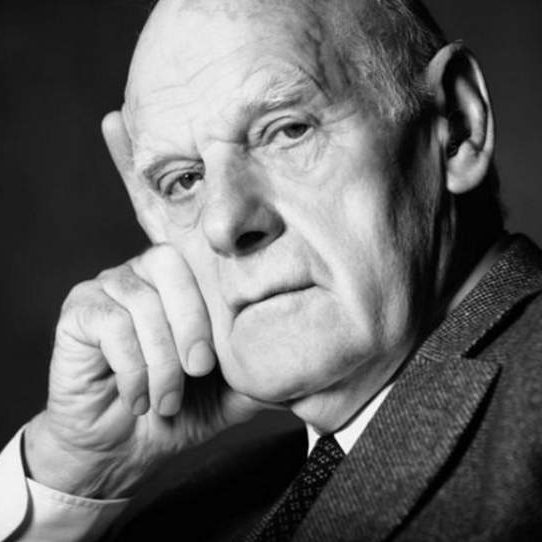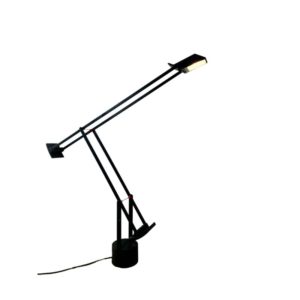Sapper Richard

Sapper Richard
Richard Sapper was born in 1932. After pursuing courses in philosophy, anatomy, and engineering, he graduated with a business degree from the University of Munich.
He began his design career in the styling department of Daimler Benz in Stuttgart, before transferring to Milan, where he worked first for the architect Gio Ponti, and then in the design division of “La Rinascente”, a department store known at the time for being creatively avant-garde. In 1959, he also started to work independently, creating radios for Telefunken and clocks for Lorenz. In the early 1960s, Sapper began to collaborate with the Italian architect Marco Zanuso, a partnership that would last for many years. Together, they acted as design consultants for Brionvega, an Italian electronics company, for which they developed a series of televisions and radios. In 1968, together with Pio Manzu and William Lansing Plumb, Sapper organized an exhibition on the boundaries of technology for the Triennale XIV. During the 1970s, Sapper was engaged as a consultant on the development of experimental automobiles for FIAT and on pneumatic structures for Pirelli, producing the concept for a car with a flexible skin designed to reduce impact in collisions. With Marco Zanuso he designed a transportable living unit for the 1972 exhibition “Italy, the New Domestic Landscape” at the Museum of Modern Art in New York. In the same year, Sapper formed a study group with the Italian architect Gae Aulenti to explore new transportation systems with the objective of reducing inner-city congestion, a theme he would develop further for an exhibition at the Triennale XVI in 1979. Since 1980, Sapper has acted as chief industrial design consultant for IBM and later for Lenovo, supervising the design of the company’s personal computers worldwide. He created the design for the very first ThinkPad laptop computer in 1992, as well as the long series of models that followed.
Sapper’s main interest in his design work has centered on technically complex problems. He has developed and designed a wide variety of products, ranging from ships and cars, to computers and electronics, and furniture and kitchen appliances. His clients include Alessi, Artemide, B&B Italia, Brionvega, FIAT, Heuer, Kartell, Knoll, IBM, Lenovo, Lorenz Milano, Magis, Molteni, Pirelli and many others.
Throughout his career, Sapper has remained keenly involved in academia, teaching at Yale University, the Hochschule für Angewandte Kunst in Vienna, the Kunstakademie in Stuttgart, the Domus Academy in Milan, the Central Academy for Art and Design in Beijing, the University of Buenos Aires, and the Royal College of Art in London, and lecturing at universities all over the world.
Richard Sapper has received numerous awards for his products, and his designs are represented in the permanent collections of many museums internationally. He has been an Honorary Member of the Royal Society of Arts since 1988, and a Member of the Akademie der Künste in Berlin since 2001. In 1992, Sapper received the Lucky Strike Award from the Raymond Loewy Foundation for his design work. The German Design Council awarded him a lifetime achievement in 2009, and he was bestowed an Honorary Doctorate from the University of North Carolina in 2010. In 2012, Sapper received the Merit Cross of the Order of Merit from the President of the Federal Republic of Germany.


